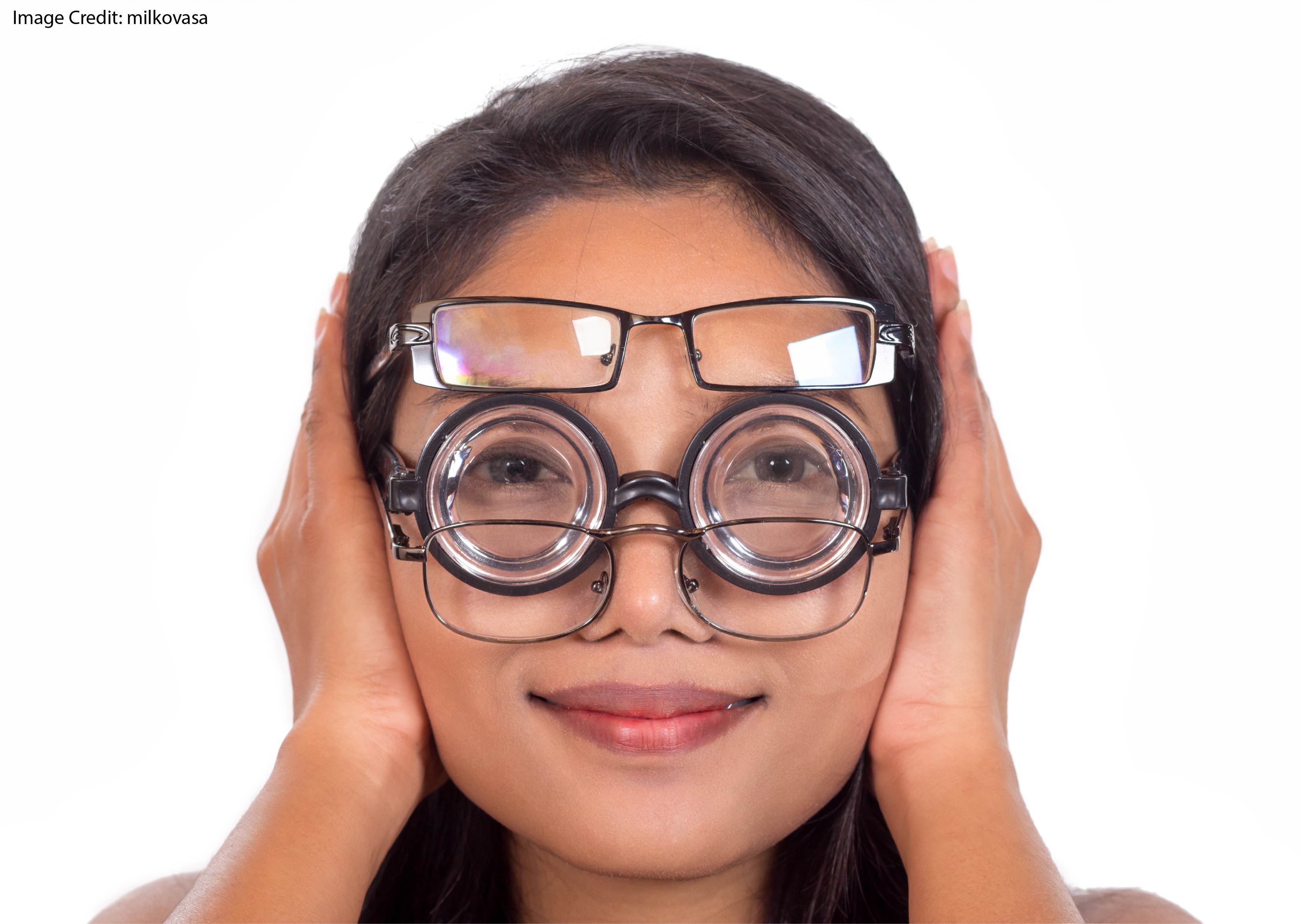
Perhaps you’ve heard of the famous experiment.
If you give shoppers many jam choices to sample, they’re delighted to taste your wares. But, if you give them fewer choices, they’re more likely to — ahem — buy some jam.
In other words: choices both motivate and demotive in a complex pattern.
What effect might this finding have on education?
Choices Overwhelm Brains? Choices Harm Learning?
In a recent study, Elena Reutskaja and colleagues explored the neural basis of this intriguing finding.
They gave study participants choices about the image to be printed on a tee-shirt or mug. Crucially, some got a few choices: 6. Others got more choices: 12. And others got A LOT more: 24.
What happened in participants’ brains?
The short version: two crucial brain regions behaved differently with 12 choices.
The anterior cingulate cortex (ACC) and the striatum showed more activity when given a manageable number of choices than when they had too many or too few.
By the way: the prefrontal cortex showed a similar pattern, but to a smaller degree.
(Important wonky caveat: more brain activity ISN’T always better. In this case, more activity in these regions coincided with self-reports of greater pleasure.
In other cases — say, dyslexia — more brain activity coincides with lots of reading difficulty.)
These results mean that we’ve got two reasons to think too many choices are bad.
First: behaviorally, people react badly with too many choices. (If you try to navigate the toothpaste section of your local CVS, you know what I mean.)
Second: neurobiologically, brains react badly with too many choices.
In other words, those people running the behavior experiments weren’t making things up or misreading the data. Instead, they identified real problems.
Teaching Implications
We might reasonably start with the presumption that choices enhance learning. The more that our students get to choose what they’re doing, the more intrinsically motivated they will be.
However, as we see more and more studies like this one we realize that — just possibly — choices harm learning. Faced with more options than they can readily process, students feel their ACC shut down.
The result: not more learning and motivation, but less.
What, then, is the perfect number of choices?
One answer is: the authors suggest between 8 and 15.
A much better answer: honestly, research really can’t answer that question.
In the first place, they’re currently doing research with consumers getting choices to buy stuff. That’s not the situation our students are in.
In the second place, this research pool works with adults. Almost certainly, younger students can manage fewer choices than older students — who manage fewer than adults.
In the third place, the “choices” that students make vary in complexity. If I have to define 5 of 6 vocabulary words, that’s a straightforward process.
If, however, I have to solve 5 of 6 calculus problems, then I’m likely to start the early steps of solving each one to test out their trickiness.
In this case, I’ve got A LOT more info rattling around in working memory, even thought the number of choices has remained the same.
In other words, the correct number varies from case to case to case. As is so often true, you — the classroom teacher — will have the best vantage point from which to suss out the answer.





